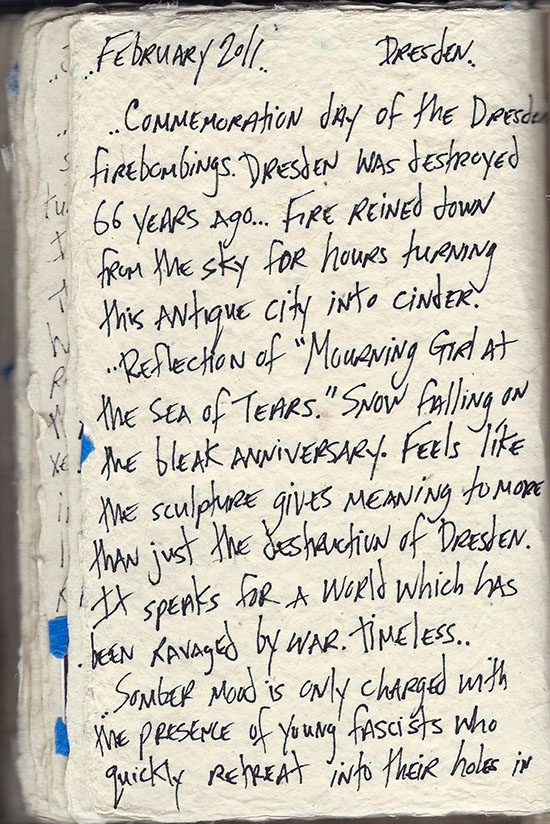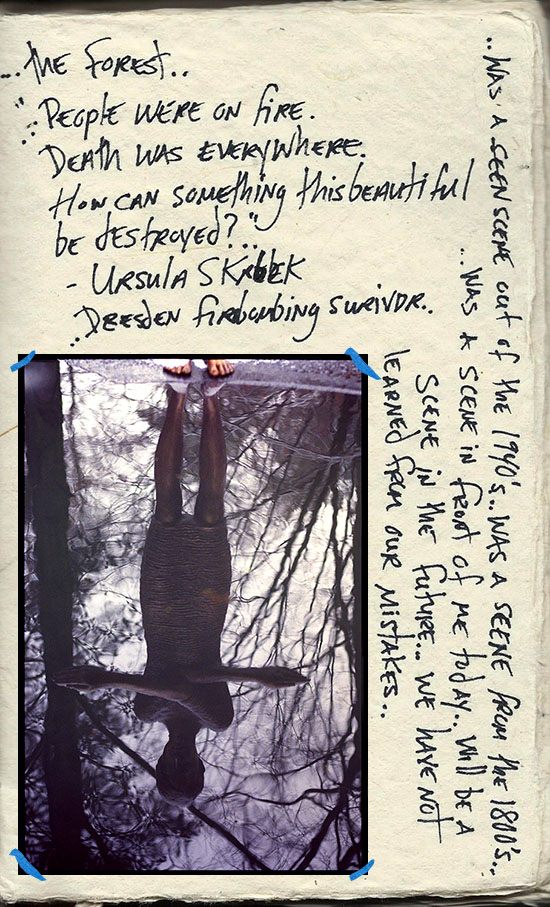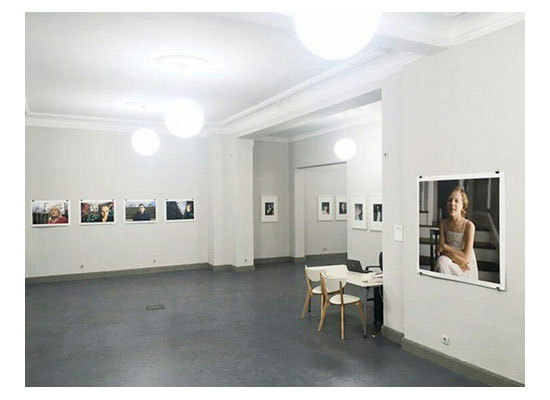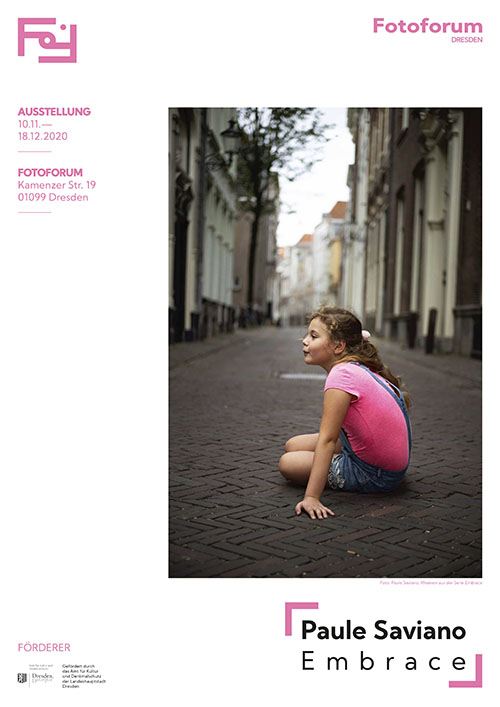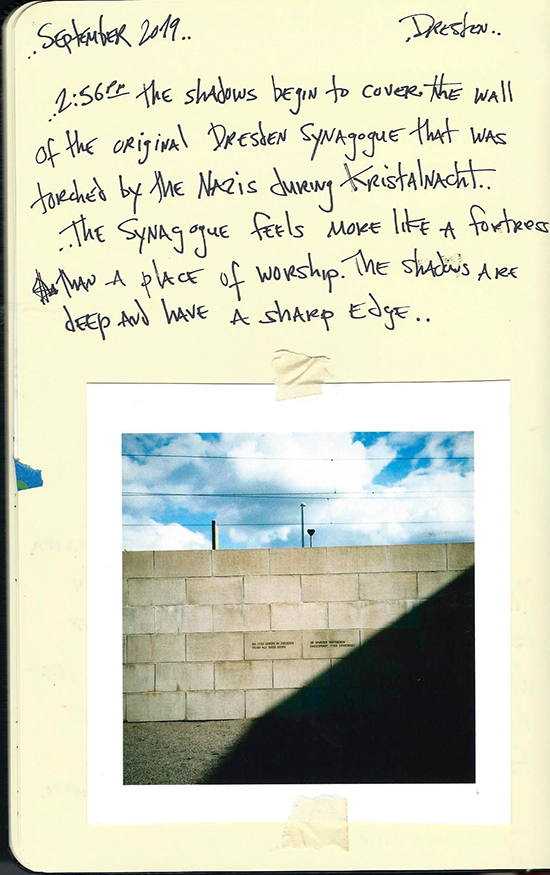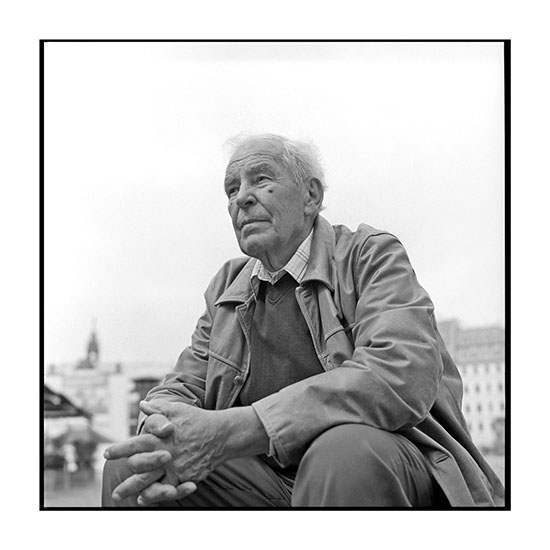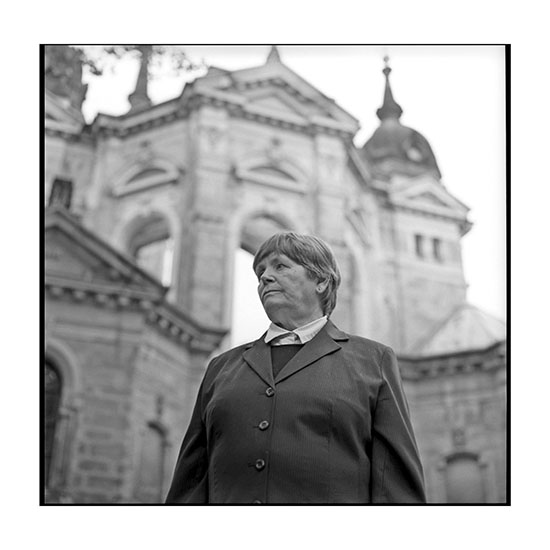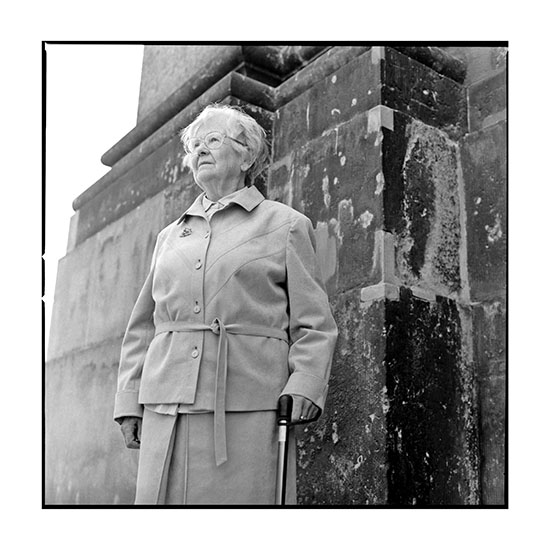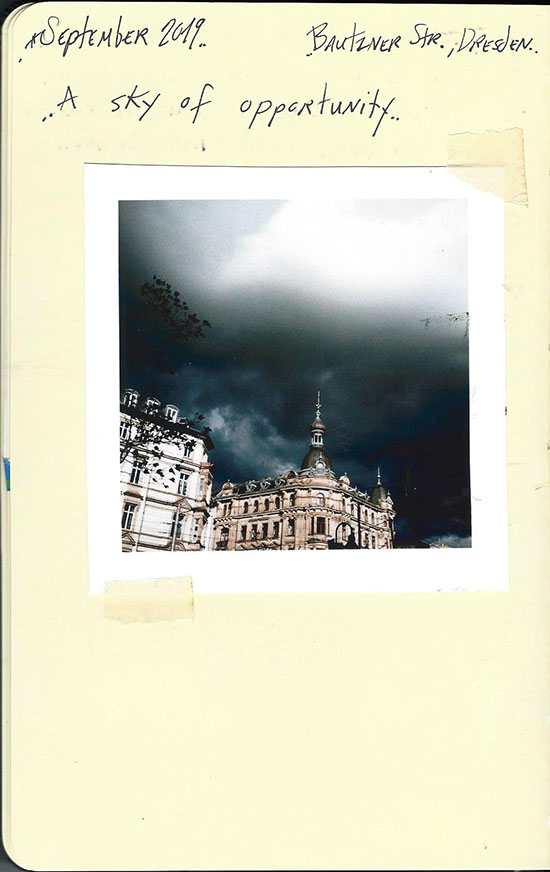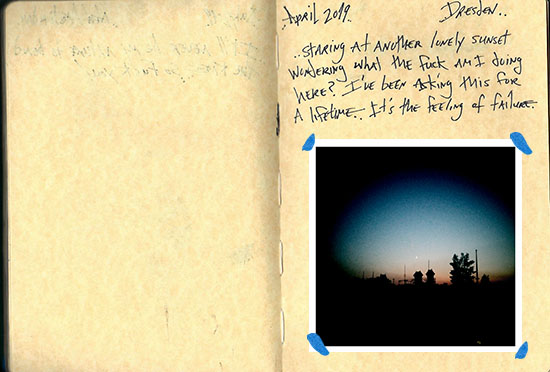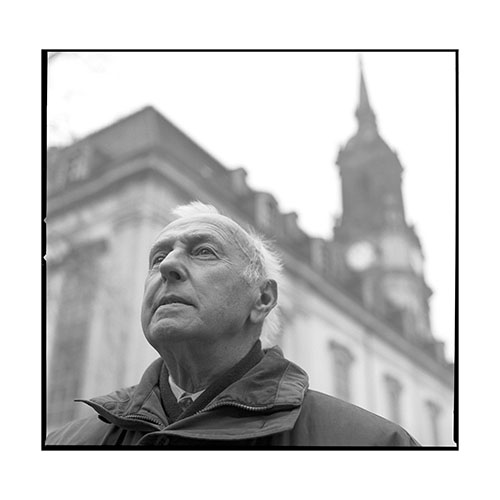
“When we left the cellar our house was on fire, all the windows were shattered and we had to run. We lived on the fourth floor of a house in a poor area near the center of the city.
The worst thing wasn’t that our house was on fire – but my mother was Jewish. My father was not Jewish. So Hitler said I was mixed. Which is not true because if a mother is Jewish then the children are also Jewish. Before I was born my mother converted to Christianity but the authorities didn’t recognize this. We were a Christian family. I sang in the church choir and played with the Reverend’s kids.
In Dresden the Jewish population had been systematically persecuted, especially during Kristallnacht when 700 Polish Jews were expelled. In 1942, they wanted Dresden to be “Judenfrei”, free of the Jewish population. The remaining Jews were forced to wear a star on their clothing and work in the Zeiss Ikon armament factory which produced time fuses for the navy. They were evicted from their homes and forced to live in hastily built wooden barracks located in a camp called Judenlager Hellerberg on the outskirts of Dresden. In March 1943, they were deported to death camps. Of the 250 deported, there are 10 known survivors. It’s always easier to give the statistics but during all these deportations, I lost family and friends.
The day before Dresden was attacked the 17 remaining Jewish families received an order that they were required to report on February 16th for deportation to Theresienstadt. I still have a copy of the letter which is very rare. I only know one book that was published in the GDR times where one of these letters was printed. The journalists were courageous to have published it.”
-Norbert Schlechte, Dresden firebombing survivor
On February 13th, 1945 the baroque city of Dresden, Germany was firebombed into cinder by the British Royal Air Force and the United States Army Air Force. The attack was divided into three bombing raids dropping over 4,500 tons of high explosives, including incendiary bombs, onto the city known as “Florence on the Elbe.”
This portrait is a part of my From Above project which featured portraits of atomic bomb and firebombing survivors from WWII. My limited edition book is available at https://www.photoeye.com/bookstore/citation.cfm?catalog=I1040&i=&i2=
